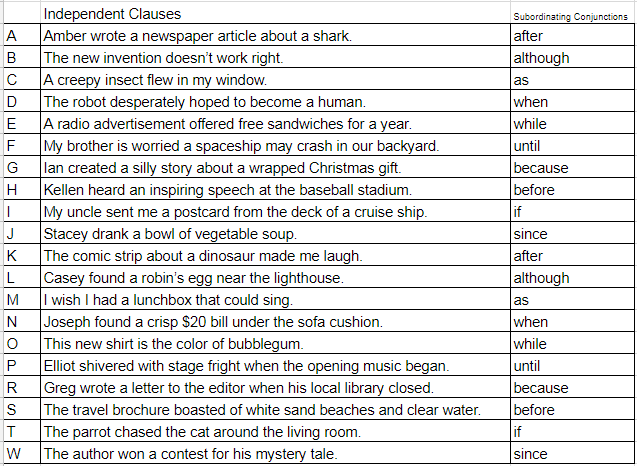Reflection of Video Recording:
The clip of my teaching is also a discussion, but involving “The Tell-Tale Heart” rather than “The Graveyard.” The first thing I noticed about my teaching style is the speed. I need to work on pausing for a longer period after asking a question. When I immediately call on students after voicing a question, I tend to get the same volunteers. These are the students who enjoy answering questions and think quickly. By pausing for longer, I allow those who process slower to come up with an answer or reticent students to work up the nerve to raise their hands. Once students answered, though, I did well asking clarifying questions, connecting their point to another student’s, or complimenting them on their analysis. I made sure to respond to each student in an encouraging manner so they felt their contribution was valuable. As Reynolds (2016) analyzed discussion techniques in an ELA classroom, he tried to emulate Nytrand’s dialogic classroom that requires “ample time for discussion...authentic questions that have no prespecified answers... follow-up questions…prompting students to go further [and] ...high-level evaluation, which includes acknowledging the students’ comments and then allowing those comments to control the direction and content of the discussion” (p. 208). I see some of these components in my discussion, but I also look forward to growth in this area to become even more student-centered.
References
Reynolds, T. (2016). Striving for Discussion: An Analysis of a Teacher Educator's Comments in Whole-Class Conversation. Studying Teacher Education, 12 (2), 205-221.
Favorite Lesson:
I created nine different handouts with sentence starters and subordinating conjunctions based on a letter from a scrabble die. My lesson began with direct instruction on subordinating conjunctions and how they connect independent clauses and dependent clauses. Then as a class, we did guided instruction rolling the die to choose which sentence starter and conjunction we would use. Since there were nine handouts, not every student was working with the same independent clause. After writing some funny sentences together, students worked independently. A volunteer would roll the die for the class and each student would write a creative sentence with the independent clause and the conjunction chosen by the die. We shared sentences as a class. If there was time, or with another period, I would like to try this activity as a competitive game where students race each other to write a correct sentence using the parts they are given.
Example of one of the handouts:
